Four hundred miles, 24 hours a day, for up to 11 days, across the jungles, mountains, canyons and seas of wild Fijian islands: If your team is the fastest to complete the course, you win $100,000. For most teams though, just finishing will be prize enough. The claim at the end of the journey? Having completed an adventure race course dubbed the “world’s toughest.”
Add to that mantle what could be one of the world’s most visible adventure races, as well, and you’ve got some competition. World’s Toughest Race: Eco-Challenge Fiji, hosted by Bear Grylls, marks the return of a sporting event that melds expedition racing with television dramatics. Executive producer Mark Burnett first brought the Eco-Challenge to home viewers in 1995—a televised event that broke ground for reality television and arguably put the young sport of adventure racing on the popular map. While the sport of adventure racing has continued on, the last Eco-Challenge, also in Fiji, aired in 2002. Now, after 18 years, viewers can again tune in for this grueling adventure sport event.
If there was any question about the influence that past races (and the televised series) have had on outdoor athletes, you don’t have to venture much further for proof than this iteration’s competitor roster. It includes not only veterans of past Eco-Challenges, like American Mark Macy, who has competed since the 1995 race, but also first-time racers who grew up watching the event—including Macy’s son, and now teammate, Travis.
The volcanic islands of Fiji provide visual extremes to make the Eco-Challenge a worthy course for capturing viewer attention—showcasing competitors paddling open-ocean crossings, scaling the rock face of 1,200-foot Vuwa Falls, and descending the rapids of the Navua River. Each team of four sets out from the village of Draubuta in the southeast in an effort to traverse Fiji to the western island of Mana. The race is a monumental effort for not only the 264 competitors, but also for the 700-member crew and support staff, including 250 local Fijians, who all played a role in fostering the race, and producing it into a 10-episode series for Amazon, available to spectate this Friday (Aug. 14).
If you are looking for more reasons to watch, here are a few:
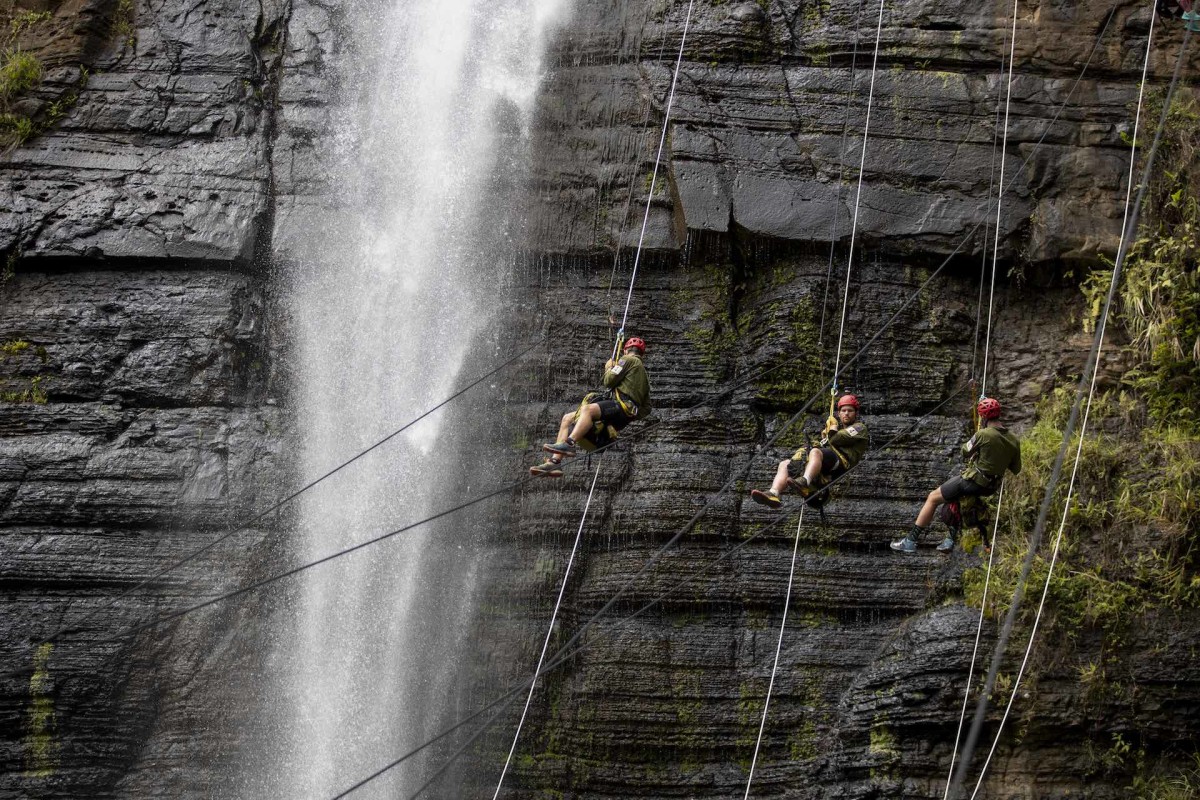
International competition at a time we are craving it
In sum, there’s 66 team from 30 countries. With four-person teams comprised of both genders, male and female athletes are on the same stage, as are professional adventure athletes and amateurs, representing a multitude of outdoor disciplines like paddling, mountain biking, swimming and trekking. The Eco-Challenge was filmed in September 2019 well before we knew a world of social distancing, international travel stoppage, and a cancelled Olympic Games. The 10-episode event, hosting teams from around the globe, happens to premiere right around the time that the Summer Games would have been wrapping up, giving us a different sort of international competition to cheer for.
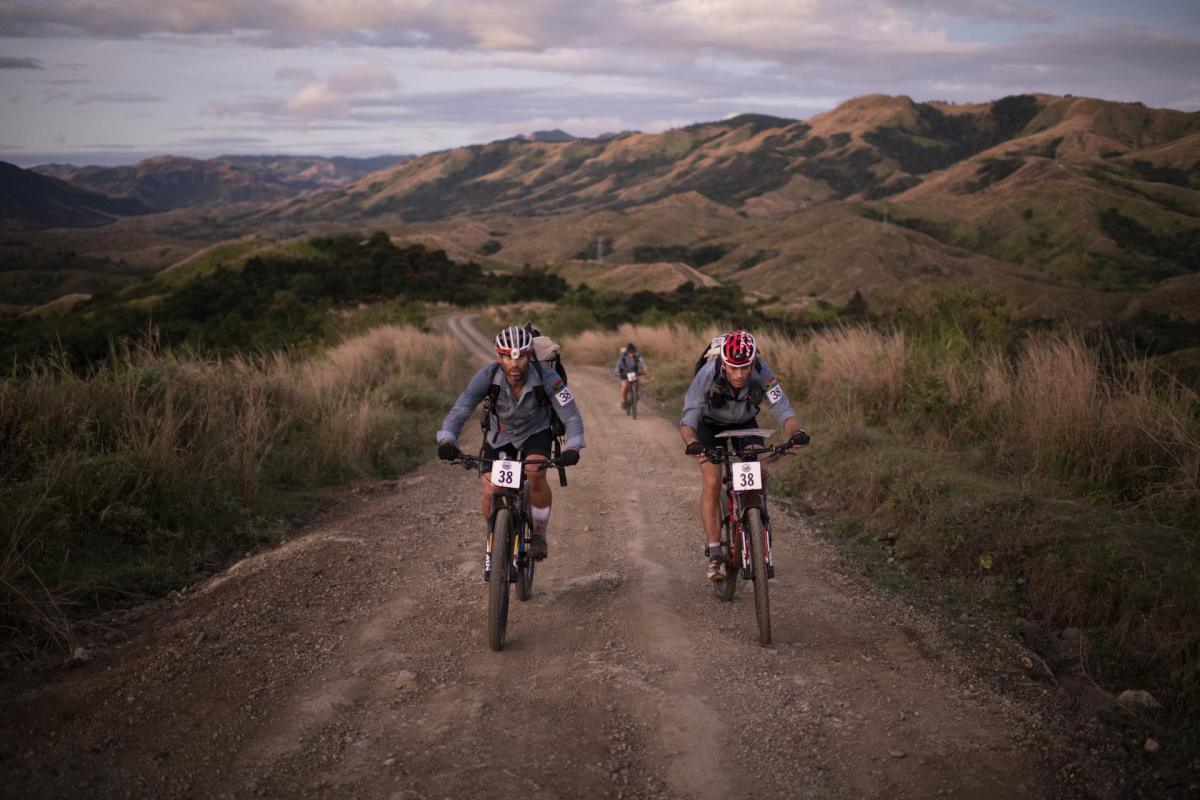
A bingeable series complete with dramatic storylines
The juggernaut of adventure racing, Nathan Fa’avae, is seeking to reclaim the Eco-Challenge title. A Brazilian team—Shubi-Silvia Guimares, Karina Bacha Lefevre, Nora Audre, and Jose Caputo—chases redemption from the past event. Father and son Macys grapple with the difficult realities of aging. And then there’s the introduction to 18-year-old U.S. phenom Hunter Leininger. The show has every storyline you expect to find in a championship run, plus it’ll be available to view in its entirety, so you won’t have to wait an entire season to see who wins.
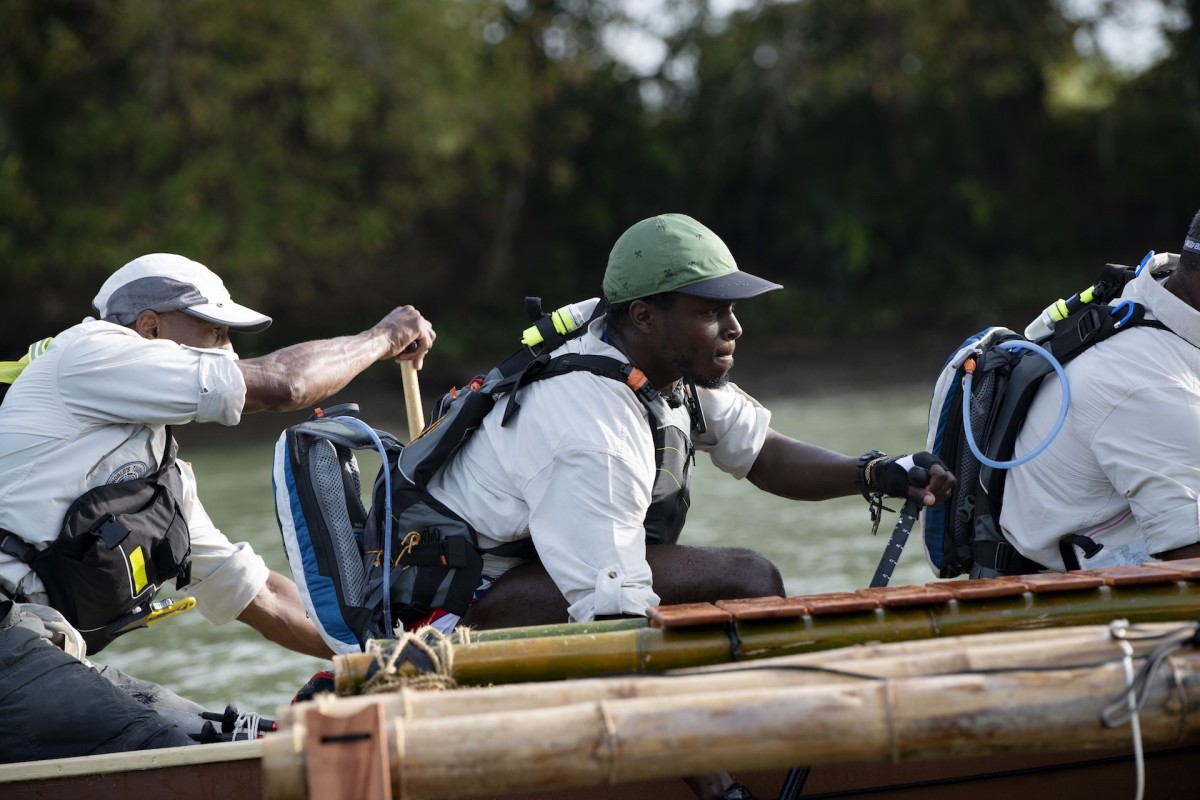
See how record setters and expedition athletes handle the competitive format
Earlier this summer Coree Aussem-Woltering made headlines by setting the fastest known time (FKT) trail running the 1,200-mile Ice Age National Scenic Trail in Wisconsin. Now you can watch Aussem-Woltering and fellow teammates of Team Onyx, the first all African-American team in Eco-Challenge, and captained by Clifton Lyles, as they tackle the 400-mile adventure sport course.
Antonio De La Rosa became the first standup paddler to cross the Pacific from California to Hawaii late last August. After completing the 3,000-mile, 77-day voyage he had less than two weeks before jumping the next plane to Fiji and joining his fellow Spaniards for the race.
Sisters Nungshi and Tashi Malik are the first twins to reach the summit of Everest, climb the Seven Summits, as well as reach the North and South Pole. And the Maliks’ race team, Khukuri Warriors, are the first to represent India in an Eco-Challenge event.
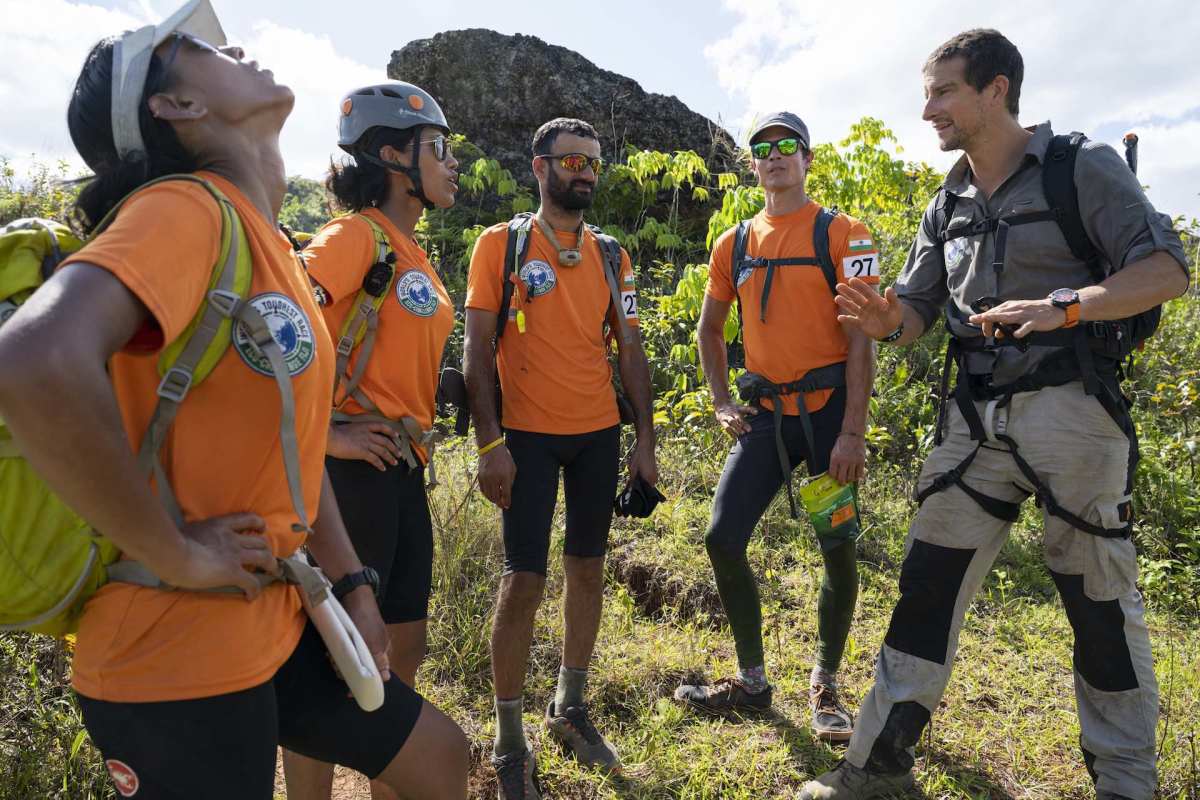
Bear Grylls provides an enthusiastic host
We know Grylls from his shows, including Man vs Wild and Running Wild with Bear Grylls. Now Grylls brings his expedition prowess and on-camera personality to the position of commentator—cheering on competitors, seeking to understand their decision making, and more than willing to jump into the race himself.
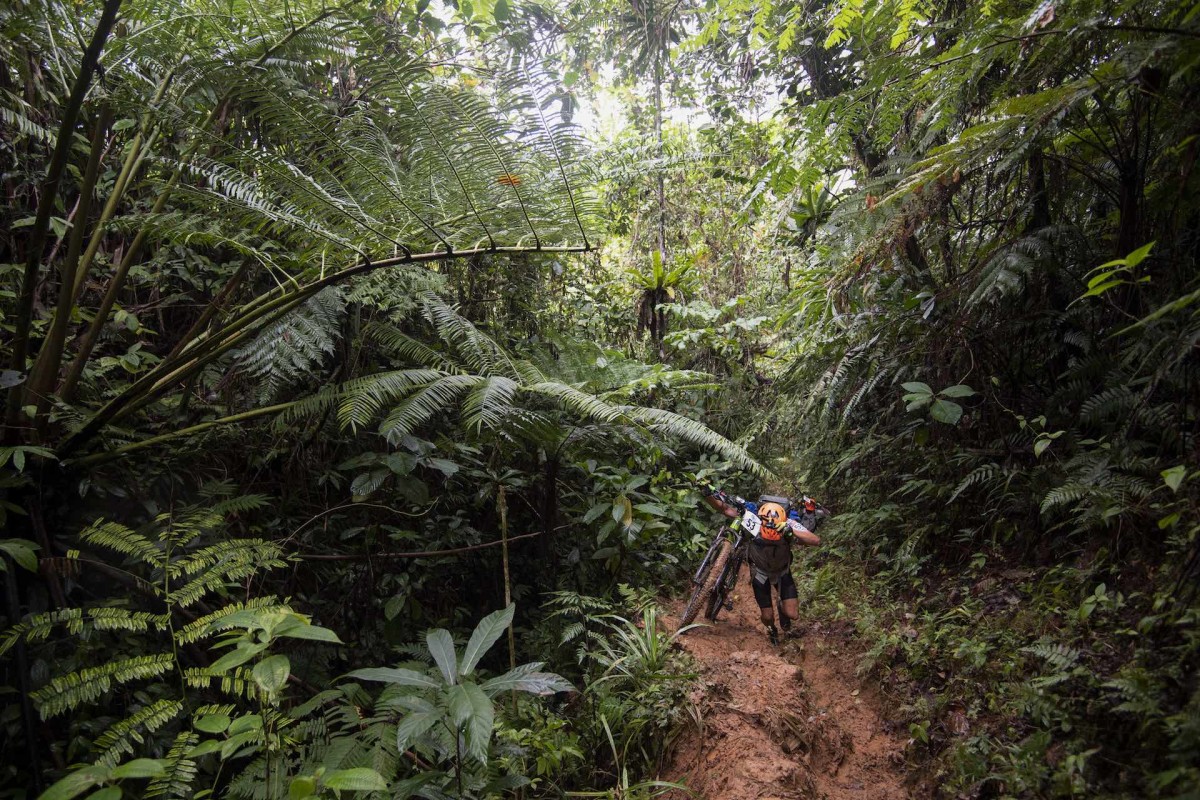
Some late-summer adventure motivation
Watching the competitors of the Eco-Challenge, it’s hard not to consider that your next mountain bike ride should turn into an epic, followed by an ultra trail run. But it’s also some inspiration to brush up on your orienteering skills. The teams competing in the Eco-Challenge are devoid of our contemporary navigational gadgetry. No smartphones, no GPS. They must make their way to 31 separate checkpoints across Fiji the old-fashioned way, via map and compass.
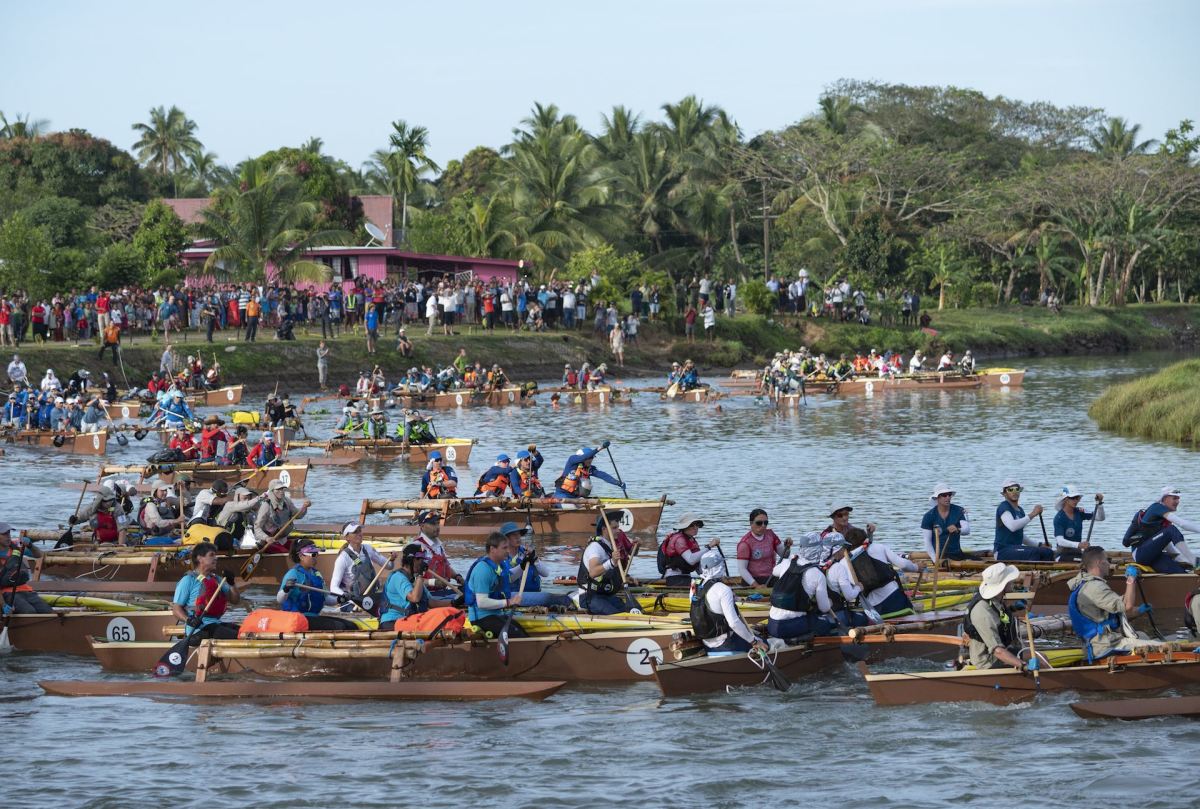
The human dynamics of expedition racing
Competing in these conditions is a head game. A 24-hour open course for days on end leads to sleep deprivation, discomfort, pain, hunger, fatigue, and ultimately mistakes. How teams handle the Eco-Challenge is a study in the human psyche and group dynamics. Burnett surely knew this when he brought the race to television in 1995. This 400-mile race in Fiji is no exception in showcasing the psychological stamina it takes to complete a course of this magnitude.
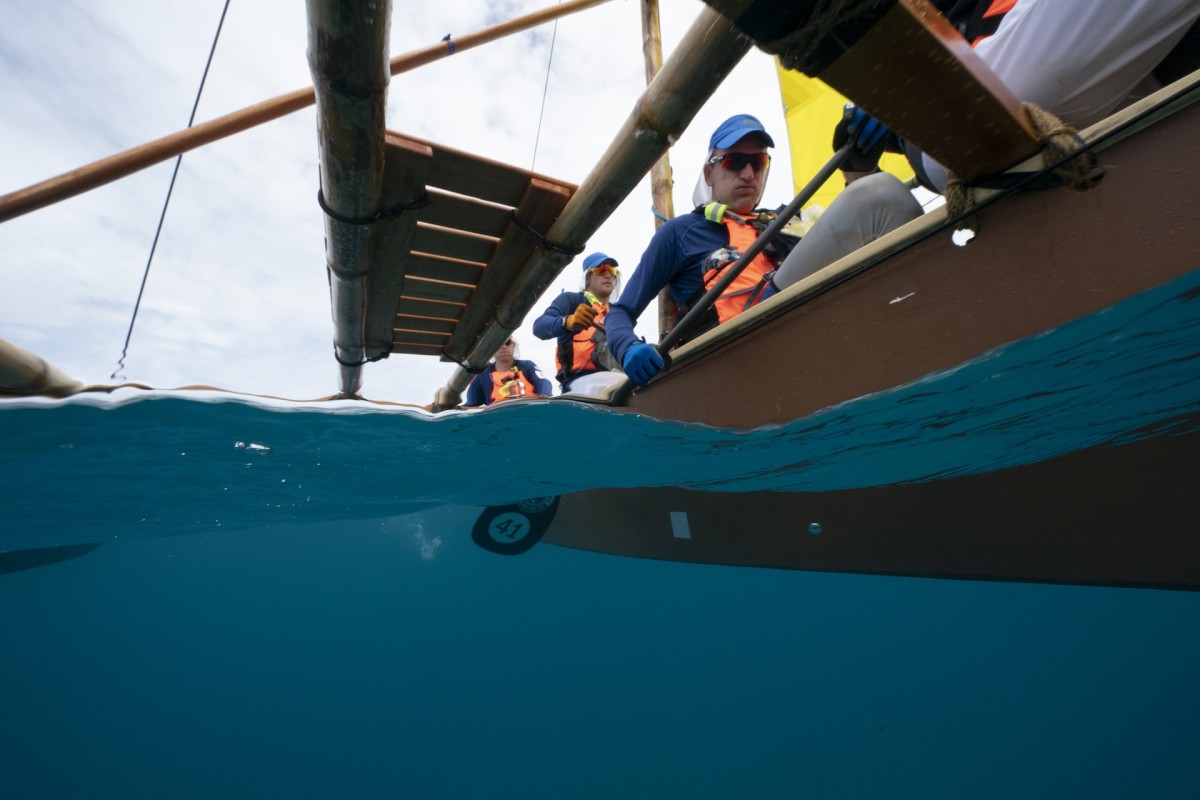
A healthy dose of international travel envy
We are all trying our best to enjoy domestic travel, but who isn’t wanting for a trip to an island in the South Pacific right now?
The Eco-Challenge provides hours of fresh footage to live a little vicariously, as athletes navigate the stunning landscape, meet local Fijians, and use traditional crafts like Camakau outriggers and Bilibili rafts. Even as competitors face doubt, illness, injuries like trench foot, tropical storms, and flooding canyons you can’t help but feel a slight bit of travel envy watching the World’s Toughest Race.
from Men's Journal https://ift.tt/2XPTyAp



0 comments